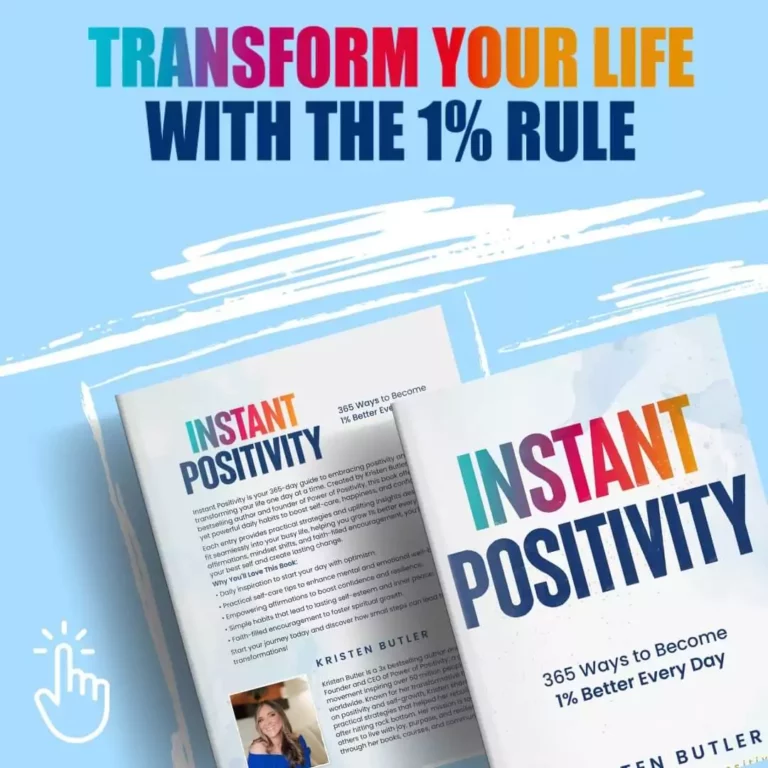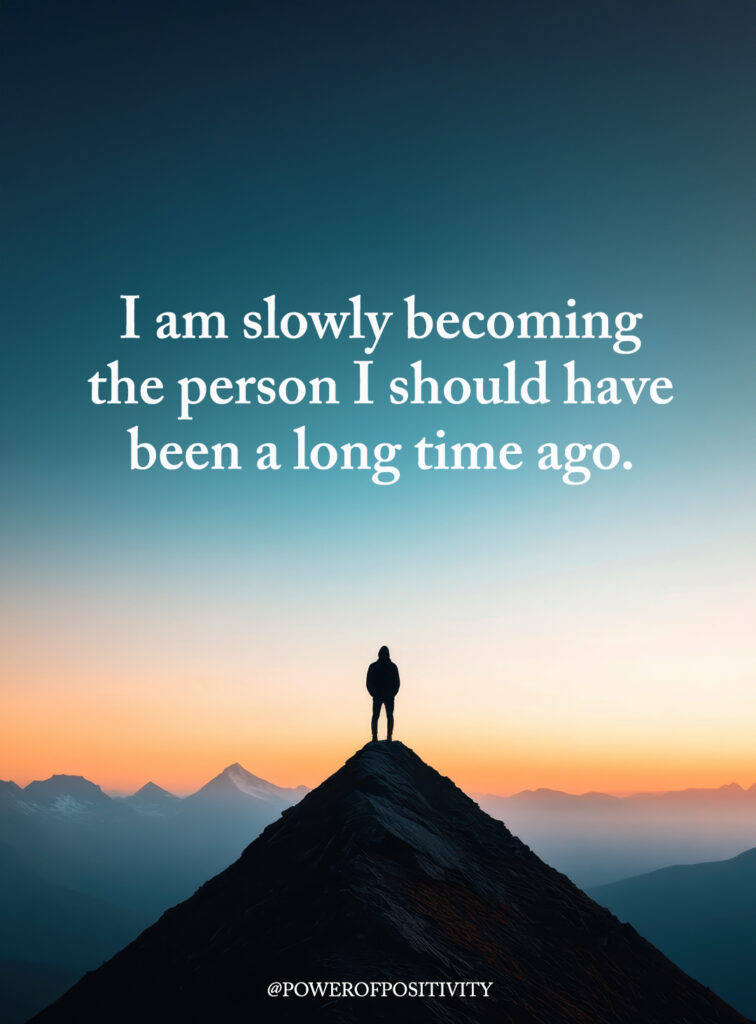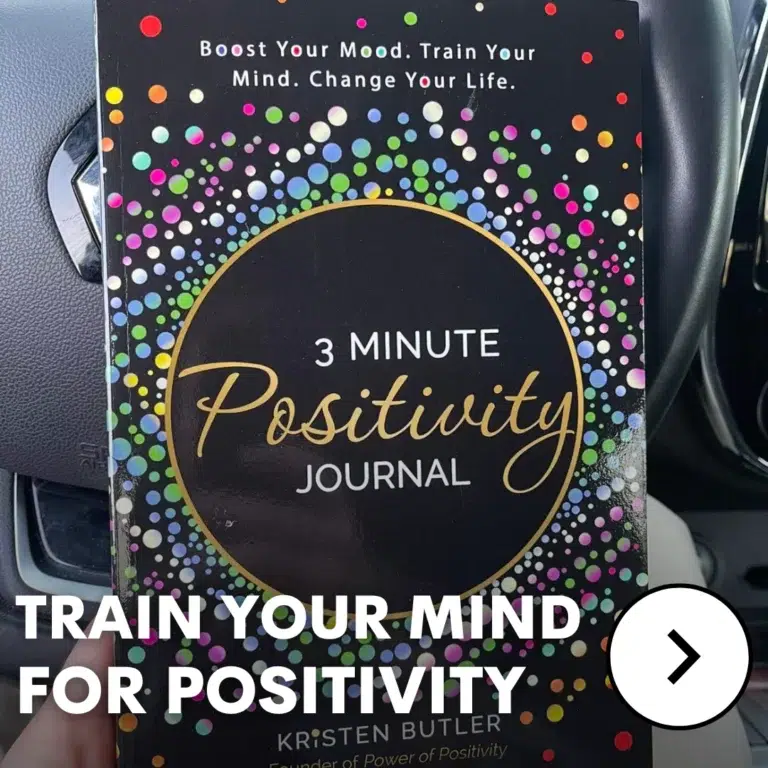Plenty of people know what it’s like to lie awake with a busy mind or to get through the day feeling tense for no clear reason. Worry can show up as tight shoulders, racing thoughts, or that heavy feeling that something might go wrong. These patterns build slowly, and before you know it, they shape how you think, react, and rest.
Many don’t realize that the brain has simple ways of getting stuck in “alarm mode,” but science also shows that it can learn new habits. Psychology, neurology, and mind-body studies all point to practical tools for a calmer mind that work in real, everyday life.
What helps most is that these tools don’t need equipment, money, or long routines. They fit into normal moments—at home, at work, or even while taking a short break. With the right approach, worry becomes something you can understand, manage, and slowly release.
Understanding How Worry Works in the Brain
The Brain’s Alarm System
One thing many people don’t know is that the brain has a “built-in alarm.” The amygdala is the part that reacts first when something feels stressful. It sends fast signals through the body that raise heart rate, tighten muscles, and make you more alert. This response is meant to protect you, but it can switch on even when the danger isn’t real.
Why Thoughts Spiral
Another part of the brain, the prefrontal cortex, usually helps you think clearly. But when stress builds up, this part gets overloaded, and that’s when thoughts start running in circles. That’s why a small worry can turn into a long chain of “what ifs.”
The Mind–Body Interaction
Tension in your body also sends messages back to the brain. Tight shoulders, faster breathing, or stomach discomfort can convince the brain that something is wrong, which keeps the worry loop going.
A short look at these patterns helps explain why tools for a calmer mind matter so much.
Benefits of Calming the Mind Using Evidence-Based Practices
Plenty of studies show that when the nervous system gets a chance to settle, the whole body responds in a healthier way. These changes don’t require long routines. Even short calming practices can lead to meaningful shifts.
Here are a few of the most common benefits:
- Better focus during everyday tasks
- A steadier mood throughout the day
- Lower heart rate and slower breathing
- More restful sleep at night
- Less reactive responses during stressful moments
These improvements keep building over time. Many people are surprised that the results continue even after the practice ends, which is why tools for a calmer mind are recommended by therapists, mental-health experts, and medical researchers.
Calming methods can support treatment for anxiety disorders, but they should not replace professional care when someone needs it. Each technique works as a healthy add-on to whatever plan a person already has.
Science-Based Tools That Help Reduce Worry
Research shows that worry fades faster when the body and mind are given clear ways to reset. Different approaches work on different parts of the stress cycle. Some slow the heartbeat, some quiet racing thoughts, and others release the tension stored in muscles. Many of these practices are simple and fit into normal routines.
Before diving into the full list, it helps to remember that every person responds differently. The following options give a mix of tools for a calmer mind that work with both the brain and the body. Each one can be adjusted based on comfort, time, or personal preference.
10 Evidence-Based Tools for a Calmer Mind
1. Diaphragmatic Breathing for Immediate Physical Calm
Slow, deep breathing is one of the fastest ways to settle stress. When you breathe from the diaphragm, the body sends a signal to the nervous system that it’s safe to relax. This lowers heart rate and helps release tension. Common methods include box breathing, the 4-7-8 pattern, and paced breathing, where you make each exhale longer than the inhale. These techniques support the natural “rest and relax” response, making it easier to think clearly and calm down. Many people use this as their go-to option when they need tools for a calmer mind in the moment.
2. Progressive Muscle Relaxation to Release Body Tension
Progressive muscle relaxation works by squeezing one muscle group at a time, then letting it go. This simple method reduces the physical signs of stress, such as tight shoulders or clenched jaws. As the body relaxes, the brain receives calmer signals, which helps lessen mental tension too. Many people find this practice helpful at night when their body feels too restless to sleep. Over time, it builds awareness of how stress shows up in the body, making it easier to recognize tension early and respond with tools for a calmer mind before worry grows.
3. Mindfulness Training to Break Automatic Thought Loops
Mindfulness teaches you to pay attention to what’s happening right now instead of getting lost in worried thoughts. By bringing awareness to the breath, sounds, or simple movements, the brain shifts away from stress patterns. Studies show that mindfulness reduces activity in areas linked to overthinking. Even short sessions can help break the habit of spiraling thoughts. For many people, this becomes one of the most reliable tools for a calmer mind, because it helps them return to the present moment instead of getting pulled into fear about the future.
4. Cognitive Reframing to Challenge Distorted Thoughts
Cognitive reframing is a way of spotting and correcting “thought traps.” These include assuming the worst, jumping to conclusions, or thinking in all-or-nothing terms. When you learn to pause and question these patterns, the mind becomes less reactive. The goal isn’t to force positive thinking but to choose more balanced thoughts that match the facts. Therapists often use this technique in cognitive behavioral therapy, and research shows it helps reduce worry and stress. People who practice reframing consistently say it becomes one of the most helpful tools for a calmer mind over time.
5. Grounding Techniques to Stabilize Overwhelmed Minds
Grounding techniques work by bringing your attention back to the body and to what you can sense right now. A common method is the 5-4-3-2-1 technique, where you notice things you can see, touch, hear, smell, and taste. These steps help pull you out of racing thoughts and into the present moment. Grounding is especially useful during sudden spikes of worry or panic because it gives the brain clear, steady cues. Many people use it during work stress, social anxiety, or moments of overwhelm as part of their tools for a calmer mind toolkit.
6. Journaling to Organize Mental Overload
Writing things down creates space between you and your thoughts. Journaling can sort out mixed feelings, highlight patterns, and reduce the pressure of holding everything in your mind. Even a few minutes a day helps turn scattered thoughts into something easier to manage. Some people prefer listing worries, while others write freely without rules. Research shows that journaling lowers stress and improves emotional clarity. It’s often recommended as one of the most practical tools for a calmer mind, because it’s simple, inexpensive, and works well for people who feel mentally overloaded.
7. Breath-Focused Movement (Yoga or Tai Chi) for Nervous System Balance
Slow movement combined with steady breathing gives both the brain and body a chance to reset. Practices like yoga or tai chi involve gentle motions that relax muscles while keeping the breath calm and controlled. These movements reduce cortisol levels and support better emotional balance. People who use breath-focused movement often feel more grounded, steady, and present. This type of exercise doesn’t need to be intense to be effective. Even short sessions provide strong support for nervous system health, making it one of the more enjoyable tools for a calmer mind.
8. Exposure-Based Habits to Reduce Avoidance
Avoiding things that make you anxious may feel safe, but it teaches the brain that the situation is dangerous. Exposure-based habits work by facing fears slowly and in small steps. Over time, the brain learns that these situations are safe, and the fear response weakens. A good plan might include breaking the fear into tiny parts, repeating them often, and increasing difficulty only when ready. Therapists use this method to treat phobias, social anxiety, and worry-based habits. People who follow this step-by-step approach often see long-term relief, and many add it to their personal tools for a calmer mind.
9. Gratitude and Positive Emotion Practices
Focusing on moments of gratitude helps shift the brain away from stress and toward balance. Research shows that simple habits—like writing down three good things from the day—can increase feelings of connection and reduce emotional tension. These practices work because they train the mind to notice helpful details that often get buried under worry. For many people, gratitude activities feel easier than traditional meditation, which is why they’re becoming one of the more approachable tools for a calmer mind.
10. Digital Boundaries to Reduce Mental Overstimulation
Constant alerts and fast scrolling keep the brain on high alert. Too much screen time can raise stress levels and make it harder to concentrate or rest. Digital boundaries help lower this mental load. Simple steps—like turning off unnecessary notifications, setting phone-free times, or limiting late-night screen use—can bring quick relief. Many people find that their mind feels clearer, their sleep improves, and their stress levels drop when they create healthier tech habits. These small changes work well alongside other tools for a calmer mind, giving the brain space to settle.
Key Components Shared Across Most Calming Practices
Focused Attention
Many calming methods start with learning how to guide your attention on purpose. This may mean focusing on your breath, a sound, or a steady movement. Directing attention helps the mind pull away from stress and settle into a clearer state.
Controlled Breathing
Slow and steady breathing supports nearly every relaxation practice. When breathing becomes calm, the nervous system follows, which helps your thoughts slow down as well.
Supportive Environment
A comfortable and quiet space makes it easier to learn these habits. Turning down noise, dimming lights, or sitting in a relaxed position can make the process smoother, especially for beginners.
Open and Non-Judgmental Awareness
Letting thoughts pass without reacting reduces their emotional impact. This simple shift helps stop the cycle of tension and makes room for healthier patterns to grow.
Everyday Ways to Use Calming Tools
Small actions throughout the day can make a big difference. Breathing slowly while stuck in traffic can stop the mind from building stress. During a tough meeting, grounding techniques—like feeling your feet on the floor—can steady your focus.
Another helpful habit is taking short pauses. A one-minute break to stretch your hands, roll your shoulders, or step outside can reset your energy. Many people also keep a small notebook nearby so they can journal quick thoughts before bed or during moments of mental clutter.
Calming practices don’t need to be formal. They work just as well during everyday routines—while cooking, sitting on the bus, or taking a shower. These small moments teach the brain to shift away from worry and into a more relaxed pattern.
Building Long-Term Skills for a Peaceful Mind
Growing long-term calm is a steady process, not a quick fix. Repetition is what helps the brain learn. Every time you use a calming method, even for a short moment, you strengthen the pathways that support balance instead of stress.
Wandering thoughts are completely normal. Instead of treating them as mistakes, think of them as part of the practice. Bringing your focus back each time is what builds the skill.
Trying out different approaches can also help. Some people respond best to movement, while others prefer breathing exercises or writing. Testing a few options can show you which ones fit naturally into your routine.
Consistency matters more than effort. Long-lasting change comes from small steps done regularly, not from long or complicated sessions. Over time, the brain becomes better at shifting out of worry and into a calmer state. This slow, steady progress makes peace feel more reachable, even during stressful days.














